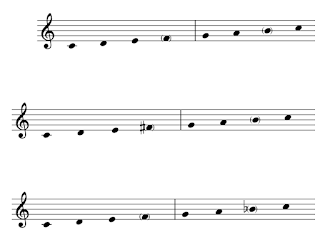A.Hovhaness - the person with a real understanding of the East
A composer who could write music from European, Central Asia, India, Korea, Japan, North Africa, South Asia tradition and where the local musicologists or musicians praise his understanding of the local culture. He could improvise based on Indian rag, performing with the ensemble of Japanese gagaku (court music). He was Alan Hovhaness (1911 – 2000), an American-Armenian composer. He was one of the most prolific 20th-century composers. His music was full of inspiration from the East. I don't know him until recently. He did not catch any frame until his mid-composition career and lots of his early composition was destroyed by himself. It is hard to trace his music in his early period and give a solid conclusion of why his music did not catch public attention. At the time of the early-mid 20th century, the general composers in America didn't have a deep understanding of Eastern culture. The US composer either fellowed the traditional European tradition, jazz, or went experientia...








